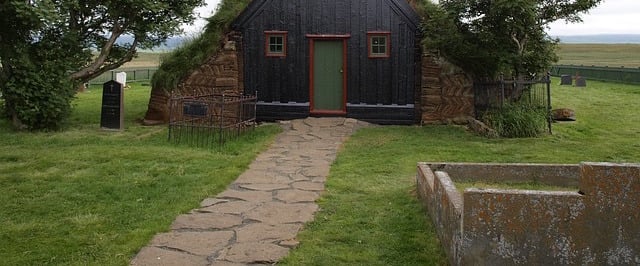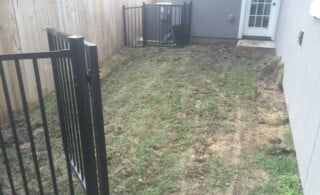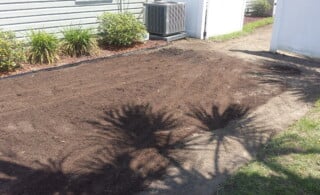
Peat moss is made up of a host of sphagnum mosses which are cultivated and harvested in bogs for a number of uses. Landscaping is the most obvious application of peat, where it is usually incorporated as soil additive. Homeowners should be aware, however, that peat has other uses too. It’s an excellent material for soaking up spills, grease and oil in your workshop or garage, and has recently gained wide acclaim as a highly efficient, and environmentally friendly, filter material for septic systems as well.
You Can’t Beat Peat for Landscaping
Whether you’re sowing a veggie garden, seeding a new lawn, or bringing in a professional landscaper for a full landscape renovation, make sure plenty of peat moss is on your supply list. It serves as such a great soil additive for a number of reasons. For starters, it holds up to 20 times its weight in moisture and will actually cut down on the amount of watering you have to do. And because it’s so absorbent, it will prevent nutrients and fertilizers from leaching out of your soil. Add to that the fact that peat is an organic material that breaks down slowly over the course of several years, and you can see why many homeowners choose peat moss instead of other soil additives (like compost) that need to be re-applied annually.
Peat Moss Transforms Substandard Soil
While peat moss works well for improving good, quality soil, it works absolute wonders when it comes to substandard soils. Sandy soils and soils that compact to concrete like hardness can be transformed into productive, healthy soil when peat is tilled into the top several inches. Finally, since peat loosens up any soil it’s added to, it makes for healthier plants with better root systems. Talk to your landscaper or local nursery about what the best uses of peat moss are in your area.
Ready to start your peat project?
Find ProsAll This Makes for Good Sewage Treatment as Well!
Just as peat’s naturally absorbent and organic nature make it perfect for landscaping, those same qualities have served it well in also filtering sewage. In fact, when it comes to septic systems, it is a tough material to top. It naturally contains a high amount of bacteria and other microbial agents that aid in the breakdown and purification of waste water. And because it is so efficient in cleaning your waste water, systems using peat filters can be installed onto your property almost without a trace (something traditional septic systems can’t boast). Your moss will need to be replaced about every 6 to 8 years, but when compared to the monthly cost of city sewer services, most people who install peat filtered septic systems actually save money in the long run. Talk to an installer who specializes in these environmentally friendly green septic tank filter systems if you’re ready to take advantage of the wonders of peat moss.
Last But Not Least
At the very least, every homeowner should keep a bag of peat in their garage or workshop. As we’ve mentioned several times here already, this is one of the most highly absorbent materials you can buy. That goes for sprinkler water, raw sewage, and oil and grease spills as well. Just shovel a little peat over the spill, work the peat into the oil or grease, and shovel it into the trashcan after you’ve let it soak up the mess. Wash, rinse, and repeat if necessary. It doesn’t matter what the material or how tough it looks to get out, peat moss will do the trick.
 Raising Chickens at Home
Raising Chickens at Home  Spring Garden Flower Tips and Suggestions
Spring Garden Flower Tips and Suggestions  Plan Ahead for a Better Yard
Plan Ahead for a Better Yard  Dry Well Cleaning & Maintenance Tips
Dry Well Cleaning & Maintenance Tips  Soil Engineers & Testing
Soil Engineers & Testing 

Are You Familiar With This Topic? Share Your Experience.